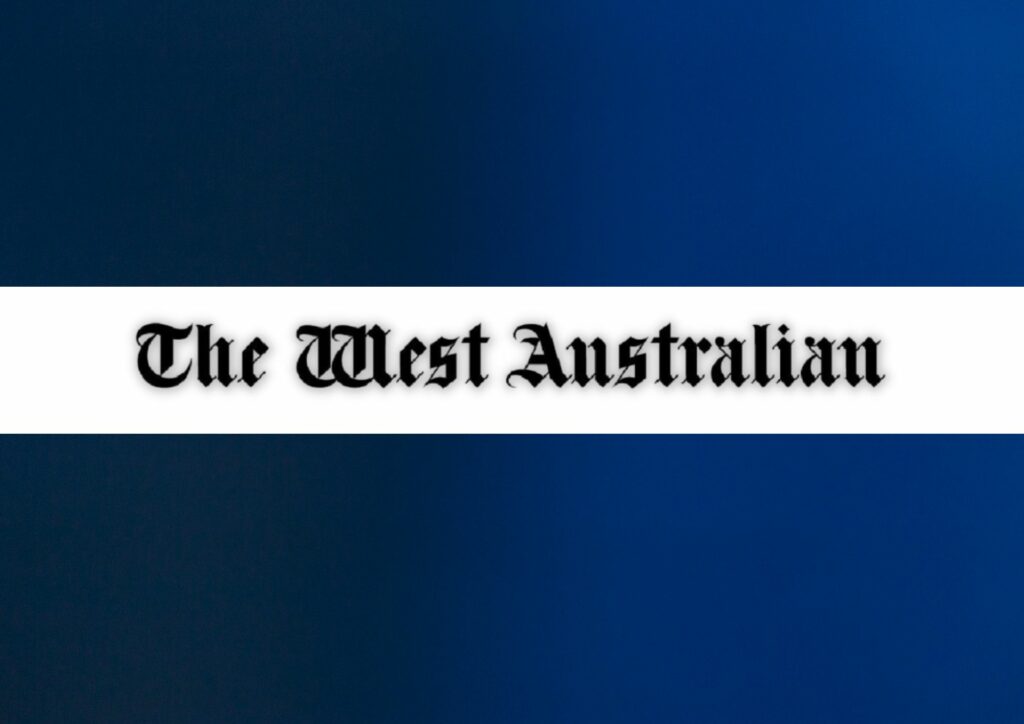
Article by Danielle Le Messurier courtesy of the West Australian.
WA’s booming resources sector shows no signs of slowing, with new figures revealing sales hit a record $246 billion in 2022 as demand for gas and battery metals offset lower iron ore prices.
While sales of the State’s biggest export earner were down $31b on 2021 — when iron ore prices hit a record $US233 a tonne in May before tumbling unexpectedly — the steel-making commodity still generated $126b on record production of 855 million tonnes.
However, analysts recently warned iron ore is facing stronger headwinds over the next six-12 months on a combination of factors including weaker than expected steel demand from China and rising output elsewhere in the word.
High global gas prices and bumper production drove LNG sales $24b higher to $51b, while lithium-rich spodumene concentrate accounted for $16.3b — six times higher than the amount recorded in 2021 — on rising demand from battery-makers.
Nickel, another crucial ingredient in lithium-ion batteries used in electric vehicles, was also in high demand, with sales of $5.7b representing a 15-year high.
The latest annual data from the Department of Mines, Industry Regulation and Safety also showed gold continued its stellar run with record sales of $17.8b, as economic and geopolitical uncertainty underpinned demand for the safe-haven asset.
Total resources sales for 2022 were $15b higher than the previous year, the data showed.
“Western Australia’s resources sector has delivered yet another exceptional performance and we are running out of superlatives to describe these record-breaking results,” Mines Minister Bill Johnston said.
Labour shortages continue to squeeze the industry but employment is still on the rise, increasing to an all-time high of 117,970 full-time equivalent jobs in the 2022 financial year.
Exploration activity in the State also continued to grow, fuelled by the search for critical minerals required for the energy transition.
Expenditure soared to $2.54b in 2022, with the biggest spend on the discovery of “other minerals” which are dominated by lithium and rare earth elements ($293m), nickel-cobalt (267m) and copper ($195m).
WA remained the leading destination for exploration investment in Australia, accounting for 63 per cent of the national spend.
Almost $26b was invested in the mining and petroleum sector last year on the back of 14 consecutive quarters of increased spending.
Mr Johnston said the strong interest in critical minerals was encouraging, noting the Government was working hard to ensure WA plays a central role in decarbonising global economies.
He also said investment in the sector and project construction would continue to deliver benefits to local communities and “underpin economic growth in regional WA for years to come”.
WA Treasury will outline its commodity price expectations for 2023-24 when Premier and Treasurer Mark McGowan hands down the State Budget on May 11.